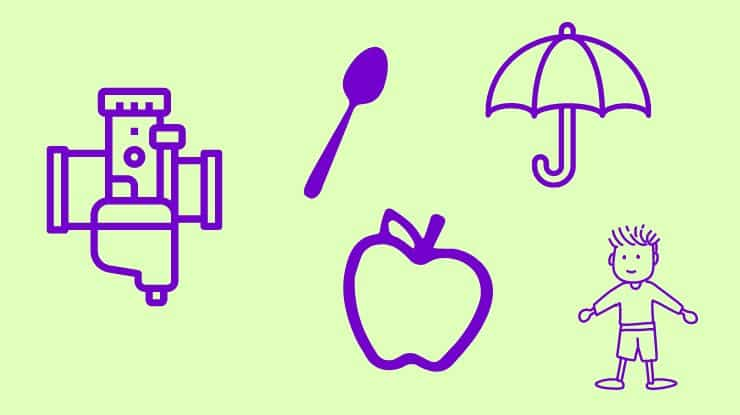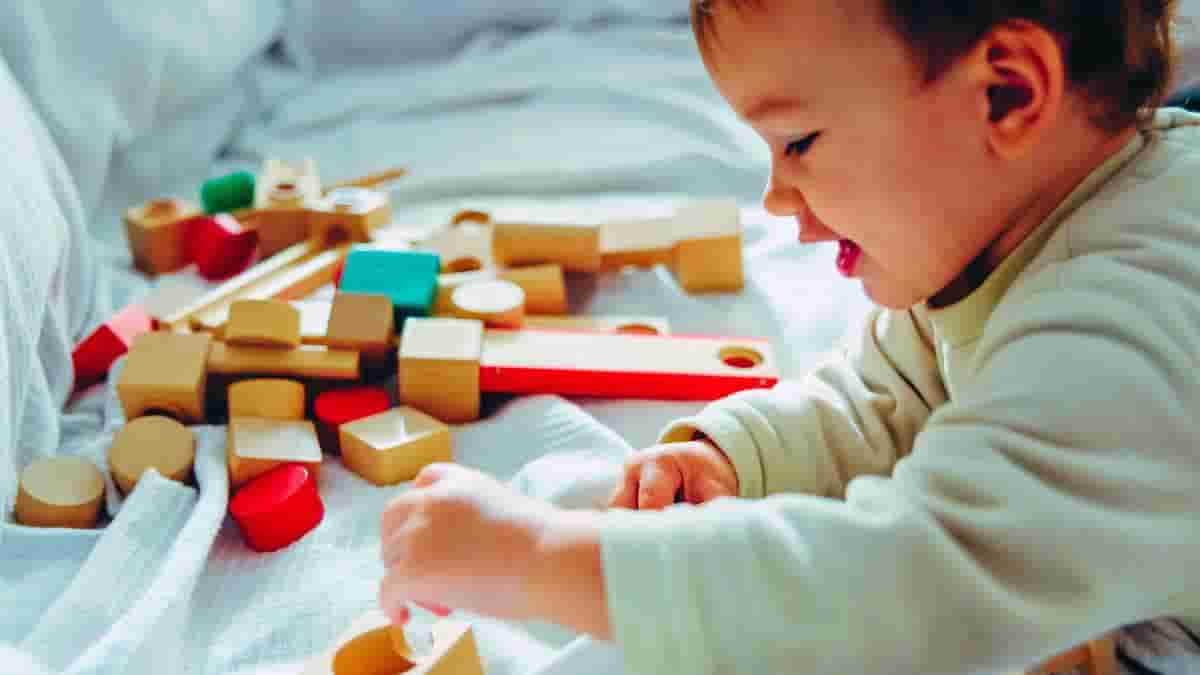How do we learn to talk as children? How do we learn about the world around us? Toddlers’ social interactions in their social and family environments, as well as in schools, contribute to this, but they are not the only elements at play.
Previous studies on young children, which can be particularly instructive, show contradictory results.
Natural logical thinking, which manifests itself from a very early age and does not depend on knowledge of language, also facilitates the learning process, according to a new study led by researchers at the Center for Brain and Cognition at Universitat Pompeu Fabra – Barcelona (UPF).
Nonverbal Logical Reasoning
The study focuses on a topic that continues to pique neuroscientists’ interest: whether infants who have not yet learned to speak (or are developing speech) are capable of logical reasoning. This ground-breaking study demonstrates that this natural logical reasoning can be developed through the exclusion by elimination method primarily from the age of 19 months and does not require linguistic knowledge.
In other words, if toddlers are presented with an unknown reality, they would attempt to analyze it and draw a conclusion about it by excluding the options that are not viable, in accordance with their current level of understanding.
The study’s authors are Luca Lorenzo Bonatti, Kinga Anna Bohus, Nicolo Cesana-Arlotti, and Ana Martin-Salguero. Principal author L. Bonatti is the director of the Reasoning and Infant Cognition (RICO) research group at the UPF Center for Brain and Cognition (CBC). The group also includes Kinga Anna Bohus (primary author). N. Cesana-Arlotti and Ana Martin-Salguero, who were previously affiliated with the CBC at UPF, are now researchers at Yale University (US) and the École Normale Supérieure in Paris.
Association vs. Exclusion
The study looks at the significance of two strategies for infants dealing with uncertainty: association and exclusion (or disjunction elimination).
The first technique would be for toddlers to mentally identify a new word with each of two unknown objects that they can see when they hear it. As a result, they will identify the term with the thing that this name is more appropriate for.
The second method (exclusion) illustrates how a toddler might acquire a new term by removing alternatives through logical reasoning.
For example, if they see two items (A and B) and hear an unfamiliar phrase that they know is not A (since they know A’s name), they will conclude that it is B’s name. According to the study’s findings, this is the most common method.
Testing Deduction Processes
The researchers conducted two trials, one with 61 monolingual (26) and bilingual (35) 19-month-old children and the other with 33 (19 mono and 14 bilingual). Each group’s analysis was critical in determining if deductive processes are dependent on linguistic expertise.
In the first experiment, participants were shown two objects and asked to associate them with one of the words they heard using various tests. In the first test, participants had to look at two familiar things (for example, a spoon and a biscuit) and associate a phrase (for example, spoon) with one of the two.
In the second test, the infants were given an object they recognized (e.g., an apple) and an object they did not recognize (e.g., a carburetor), and they were asked to identify the word relating to the recognized object (apple).
 The third test was identical to the second, except that the term heard corresponded to the unfamiliar word (for example, carburetor).
The third test was identical to the second, except that the term heard corresponded to the unfamiliar word (for example, carburetor).
In the second experiment, two objects or animate entities (for example, an umbrella and a boy figure) were utilized, each connected with a sound.
Following that, the two things were covered so that the child could not see them, and one of them was placed in a glass. When they were removed, the toddler could only see one of the two objects and had to estimate which one was inside the glass by elimination.
In a subsequent test (with the two objects covered and in the same position), the infant listened to the sound associated with one of them and was observed to see if he or she looked in the correct direction.
Logical Disjunction in Infants
Their gaze movement patterns were evaluated in all of the tests. When reasoning by exclusion, for example, toddlers look at item A and, if they rule out that the term they have heard pertains to it, they shift their gaze to B. This is referred to as the double check strategy.
“We studied the presence of the concept of logical disjunction in 19-month-old infants. In a word-referent mapping task, both bilingual and monolingual infants display a pattern of oculomotor inspection previously found to be a hallmark of disjunctive reasoning in adults and children,”
said Kinga Anna Bohus, the main author of the research.
In short, the study’s findings demonstrate no significant variations in the logical thinking of monolingual and bilingual toddlers, confirming that it is not dependent on linguistic knowledge. This natural logical reasoning could be present at the age of 19 months, but there still isn’t enough scientific evidence to show it before then.
Reference:
- Kinga Anna Bohus et al. The scope and role of deduction in infant cognition. Current Biology (2023). DOI: 10.1016/j.cub.2023.08.028
